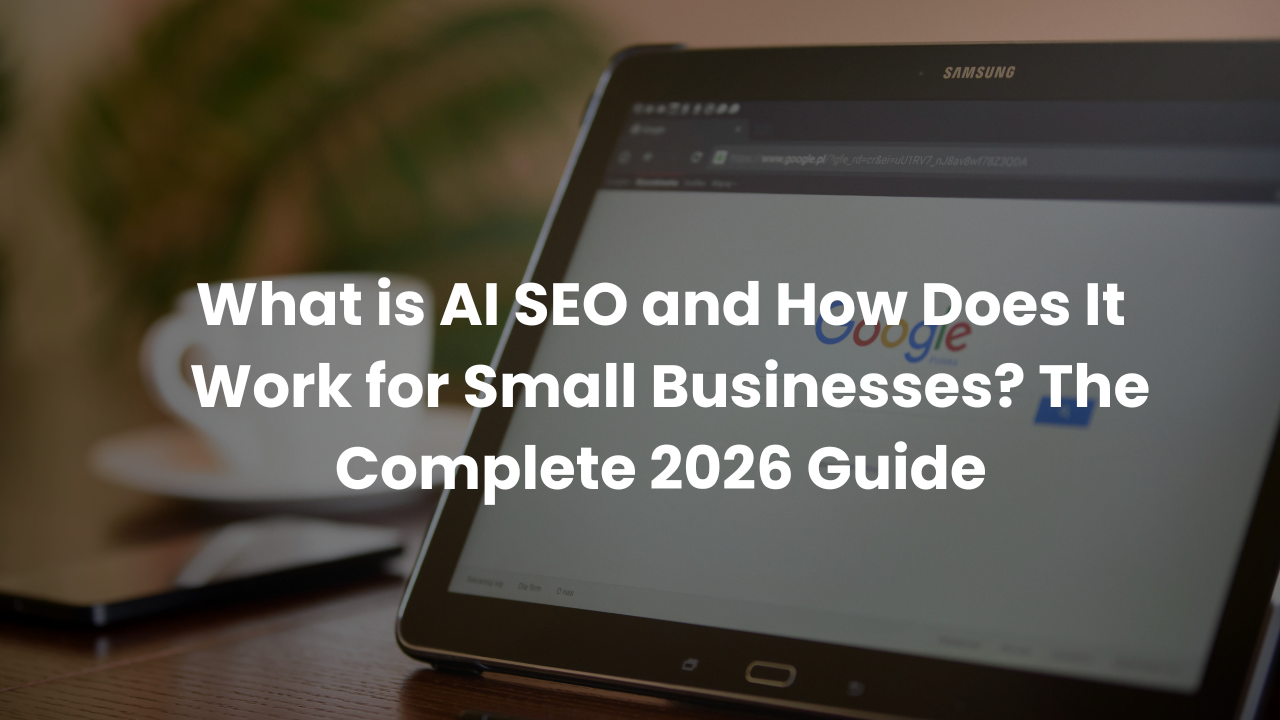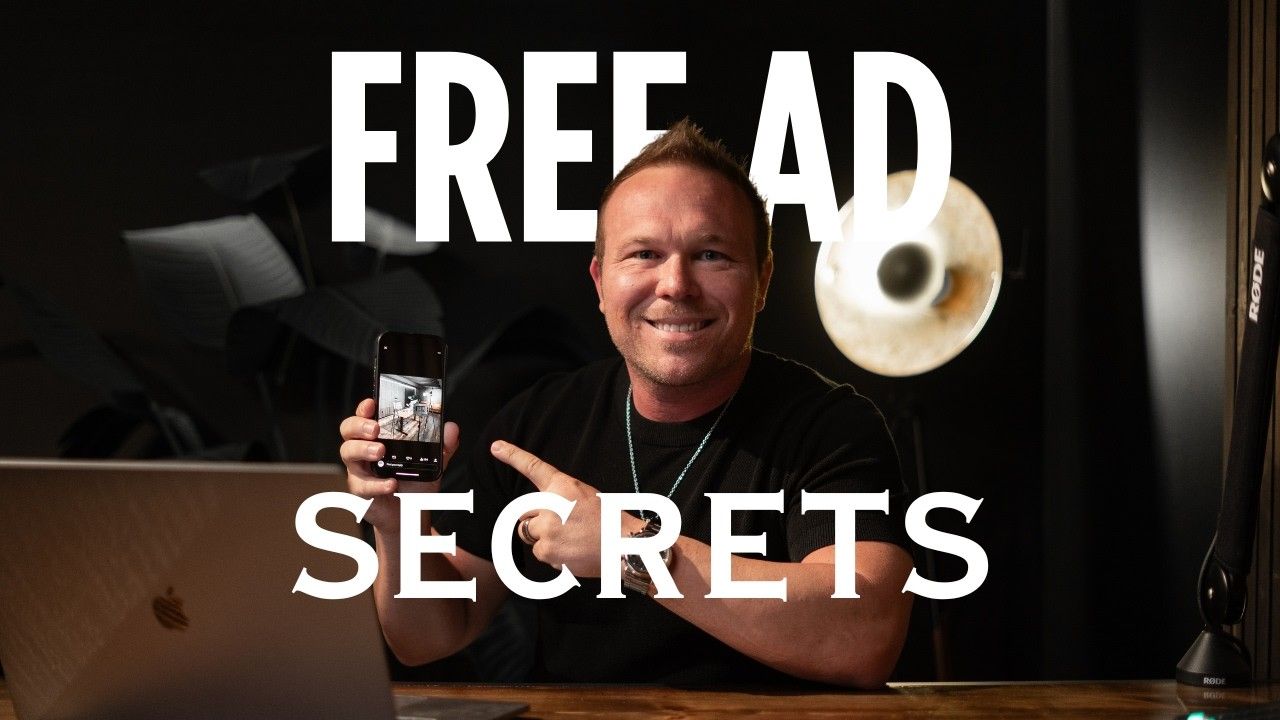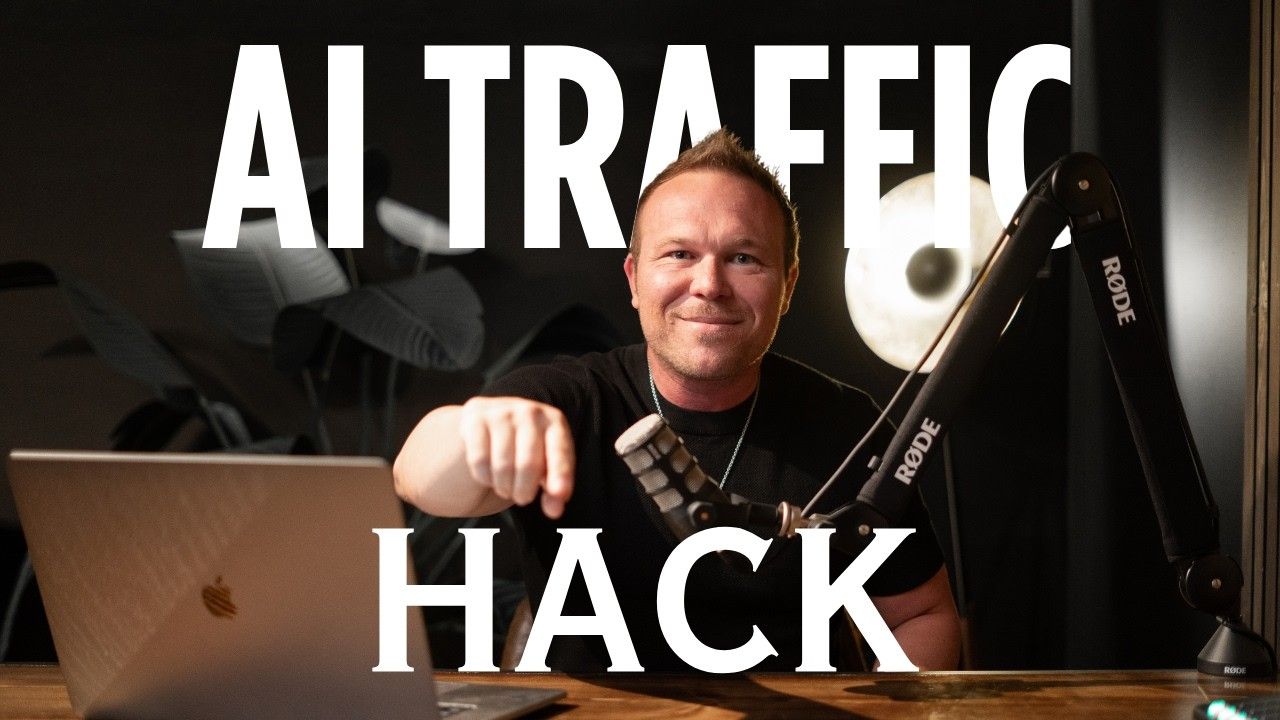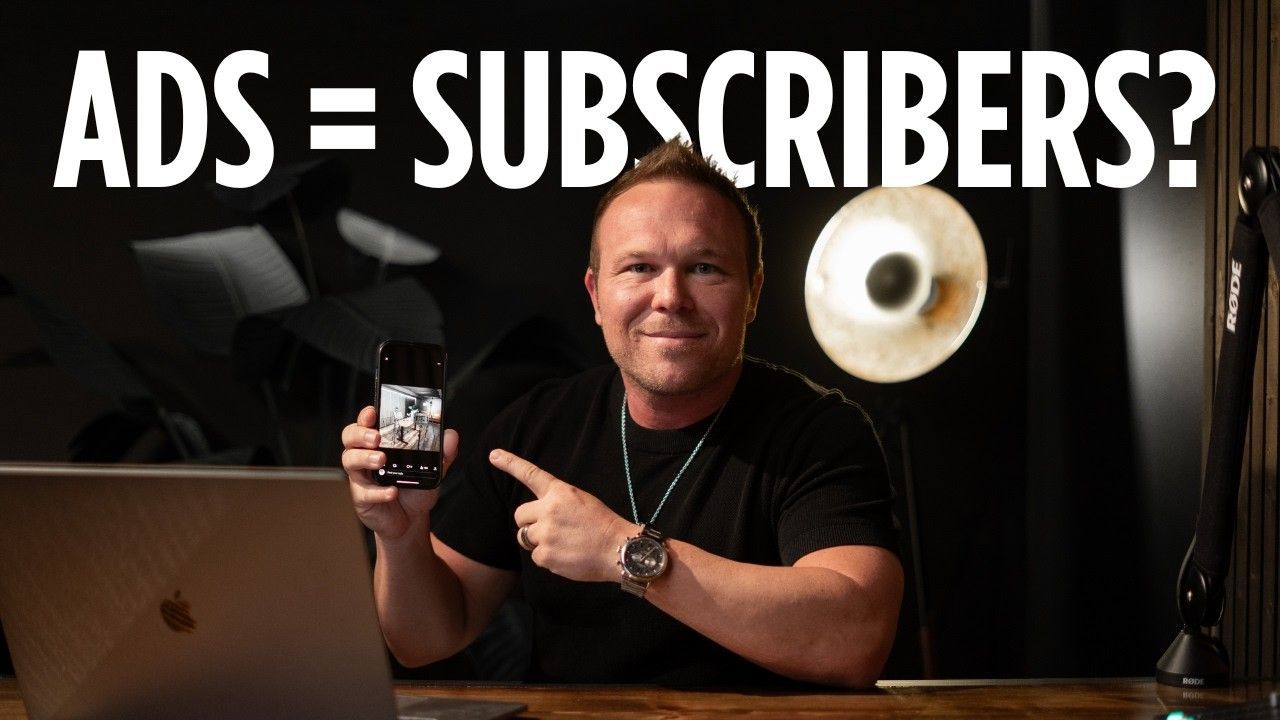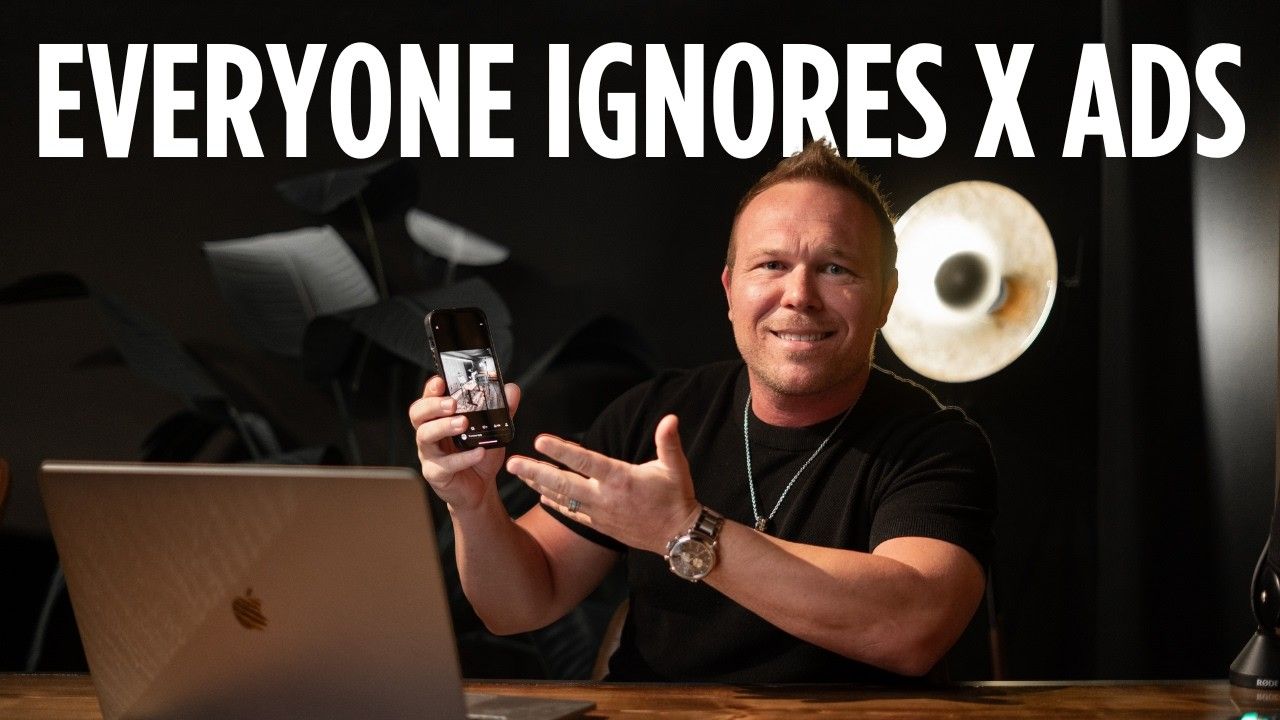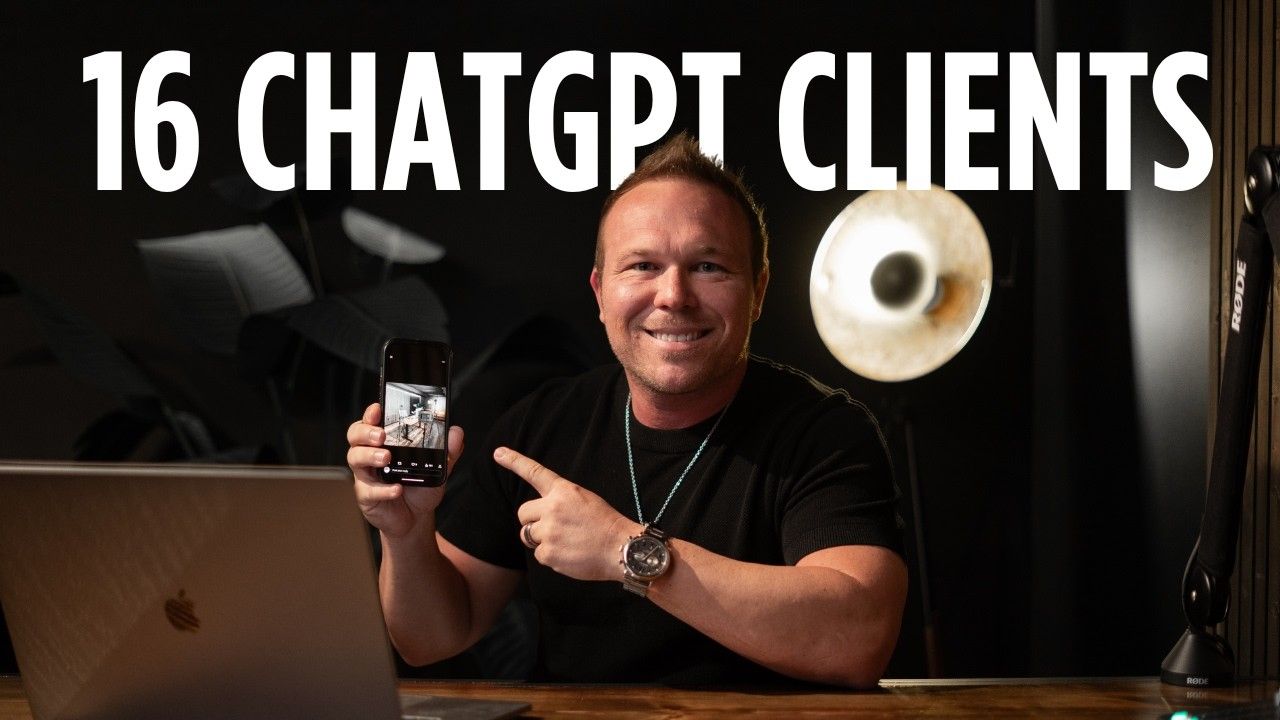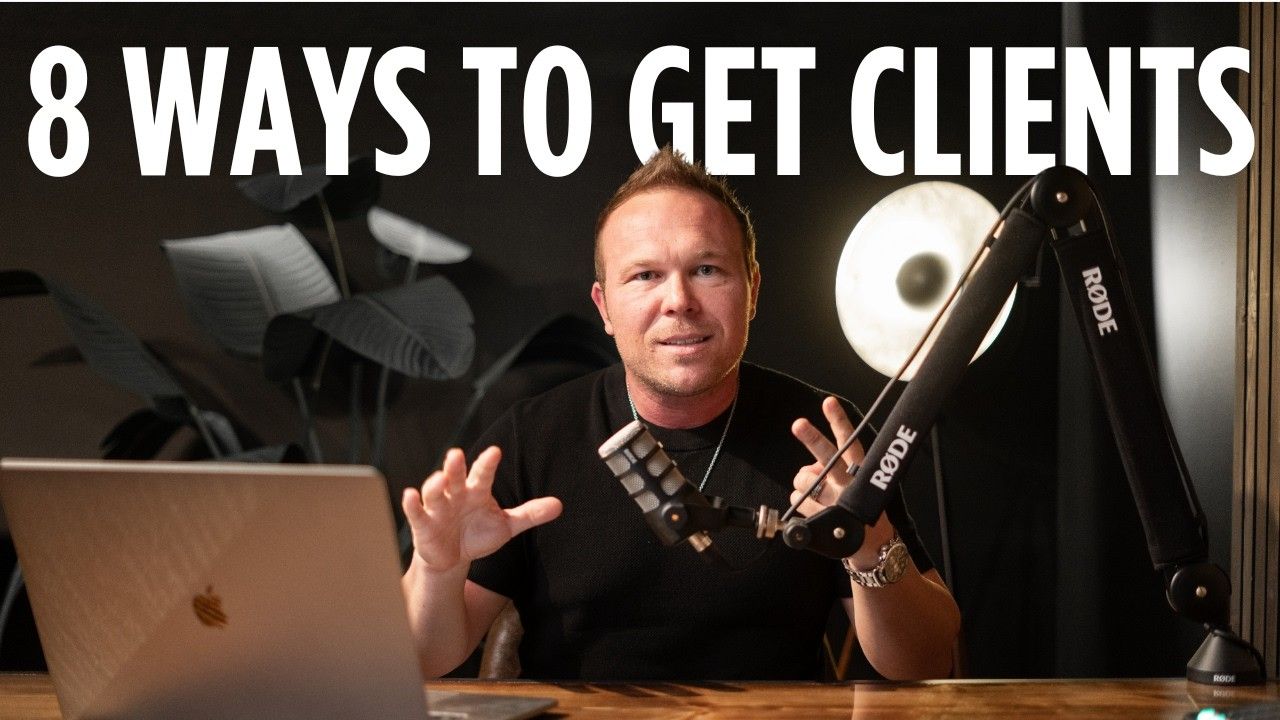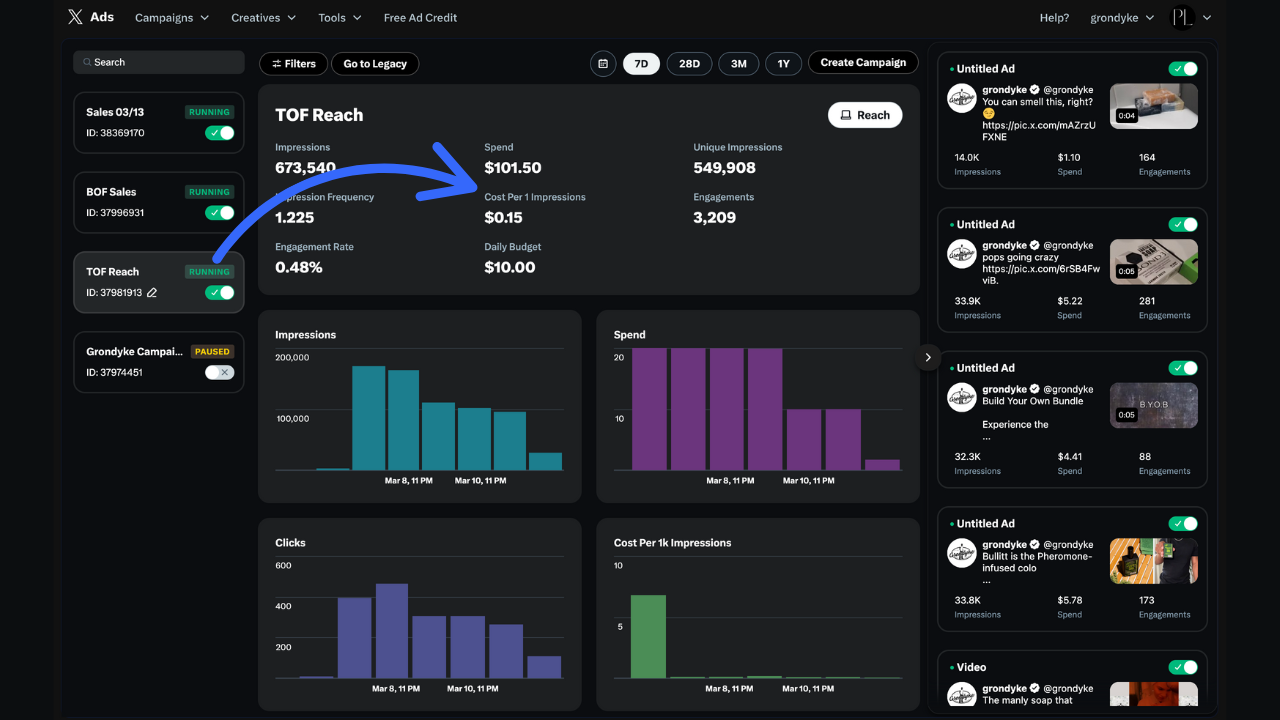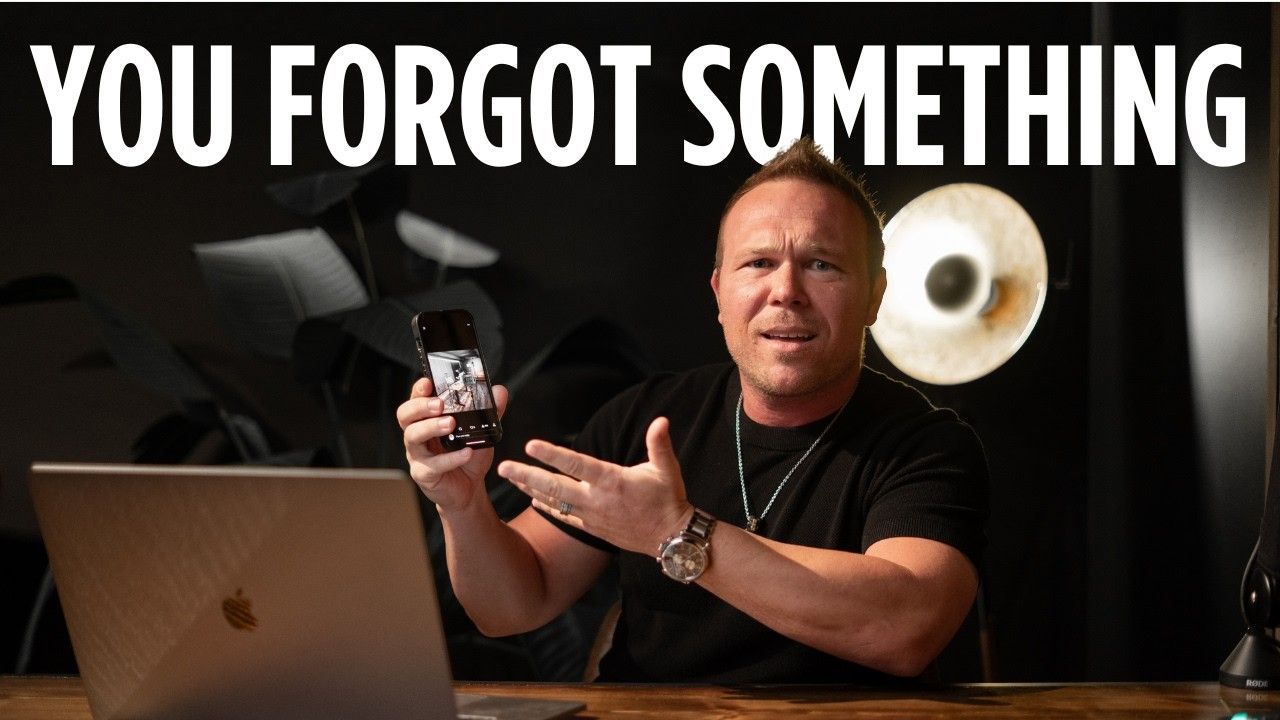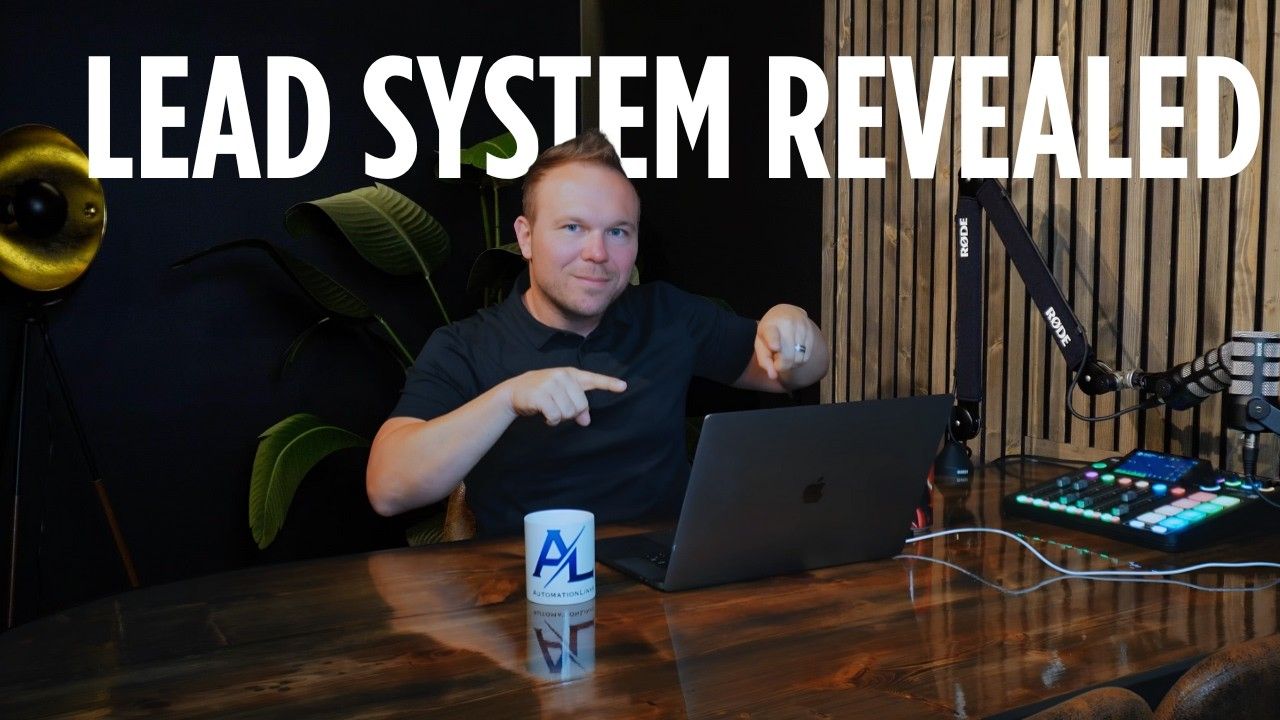How to Launch Google Display Ads on YouTube: The Complete Business Guide for 2025
If you have any type of business or brand and want to learn how to use Google Ads display and show them on YouTube, this comprehensive guide is for you. I'm Brad Smith, owner of Automation Links, and I've been doing this marketing stuff for the last 10 years working with over 2,500 brands. In this guide, I'll share my screen, break it down, and show you exactly how to do it step by step.
Launch YouTube display ads by creating a Google Ads account, selecting "Website Traffic" and "Display" campaign types, targeting website visitors and competitor audiences, then adding your YouTube videos to the display network for maximum reach and lowest cost leads.
Time Required: 30-45 minutes for initial setup
Best For:
Businesses wanting high-quality leads and YouTube subscribers at the lowest cost per click
Why YouTube Display Ads Beat Traditional Google Ads for Lead Generation
This is really interesting - when you do a search for how to launch Google display ads on YouTube, people are running Google ads to this already. But what we want to do is really dial in YouTube because from the reports that we see, you get the best leads and customers and even subscribers from running display ads on YouTube.
The key insight here is that YouTube display ads provide your lowest cost visitors, viewers, and they're going to get you your YouTube subscribers. This approach works because you're combining the power of Google's display network with the engagement of video content, creating a compound effect that traditional text ads simply can't match.
How to Setup Your Google Ads Account for YouTube Display Success
Step 1: Claim Your Google Ads Credits
First, you'll want to head over to Google Ads and make sure you're signed into ads.google.com. Here's a quick tip that can save you significant money: they update these ad credits very often, so check back every few weeks. Sometimes they'll come back with an even better credit.
Currently, you can:
- Spend $500, get $500 back
- Spend $1,500, get $1,000 back
- Spend $3,000, get $1,500 back
Critical Setup Note: Make sure that one of these credit options is checked off and then click "claim now." If you don't click claim now and just sign in, you probably won't get this credit. You'll need to set up a test account, add your card on file, and as soon as you go through that process, make sure you pause and shut that initial ad off.
Step 2: Create Your YouTube Display Campaign
Navigate to campaigns and click on campaigns, then pause any test ads. For your real campaign, click the plus icon and select "new campaign." This brings you to the campaign creation screen where you want to:
- Click on "Website Traffic"
- Scroll down to "Create campaign without an audience"
- Click on "Display"
- Hit continue
If you already have conversion events set up, choose "add goal" - usually "submit lead form" works best for most businesses.
Campaign Configuration That Gets Results
Essential Campaign Settings
Campaign Name: I simply call it "YouTube Display" to keep tracking simple.
Location Targeting: Choose where your ideal customers and viewers are located. For me, United States works since I only speak English.
Optimization Settings:
- Choose "optimize prefer best performing ads" - this allows Google to automatically show your winning variations
- Set your schedule based on when your best leads come in (you can exclude nights and weekends if those generate poor quality leads)
Device Settings: Since we're focusing on YouTube, I like to shut off TV displays. You can see display doesn't show on TVs by default, but if you're using strictly YouTube ads, definitely shut off TVs.
Budget and Bidding Strategy
Usually you can start at $5 per day, then if the campaign starts performing well, you can increase the budget. When I start, I like to focus on conversions - I want to get as many leads as we can and then let it automatically maximize the conversions.
Important: Once you start building out your ad account even more, you can set target cost per action, but if you have no data, you don't know what to set this at yet. Wait at least a couple weeks, if not a month, to set that.
Building the Perfect Audience for Better Conversions
This is where you want to start adding your targeting - who should see your ads. I do suggest instead of just setting this up yourself, you want to work with a professional. You can use a freelancer (we sometimes use Fiverr to help set up your audiences) since this is usually super technical to do.
Audience Targeting Options
Website Visitors: I'll choose website visitors so I can target anyone that's visited my website. This is your highest-converting audience since they already know your brand.
Interest Targeting: You can choose different audiences, browse and see who they are, what their interests are, what they're actively searching for. I like "what they're actively searching" to find out what they're searching for right now.
Competitor Targeting: If you have competitors, I highly recommend going and pasting in your competitor's websites and also your competitor's YouTube channels. That way when somebody's searching on Google or YouTube and they find your competitor, then they'll see you as a recommended option. This is super interesting and effective for stealing market share.
Advanced Targeting Features
Optimized Targeting: Choose this option to let Google help you out with finding similar audiences.
Demographics: You can filter by income levels if that's relevant to your business model.
Keywords: Throw in different keywords related to your business for additional targeting precision.
Topics: I really like taking topics and you can look at options like beauty and fitness or business and industrial. You can even search by word, phrase, or URL.
How to Pick Winning Ad Creatives That Drive Clicks
Setting Up Your Ad Assets
Put your final URL (where you want people to go) and your business name. Then you can start choosing images from your website - Google will automatically choose from your website, or you can choose from your website or social media, upload custom images, or even use stock photos.
Select a few high-quality images that represent your brand well, then choose your logo.
Adding Your YouTube Videos for Maximum Impact
This is where it gets fun - you're going to add your YouTube videos to the display network and get super high quality leads because this is going to be your lowest cost visitors, viewers, and it's going to get you your YouTube subscribers.
For me, I teach and help a lot of people with:
- GoHighLevel CRM setup
- Lowering cost per click and leads
- Follow-up systems to ensure proper lead nurturing
- X and YouTube strategies for the lowest cost, highest quality leads
Choose all relevant videos and click on "search YouTube" to find your other YouTube videos if you don't see them all listed. Then hit save.
Why This Strategy Works So Well
This is where it gets really interesting because you're going to show up on display, you're also going to show up on Gmail and on YouTube. That's why I titled this strategy "display with YouTube" - because you're combining display and YouTube for maximum reach.
I love using this for retargeting anyone that comes to my website or sees competitors. I like to really show them images and videos over and over and over so they never forget my brand.
Creating High-Converting Headlines and Descriptions
Now you need to start really focusing on your headlines, descriptions, and more. What we use is software called TwinLytics, where we can ask it to research our company. It already has all the data from all the internet searches ever recorded.
I tell them who my business is and they know every time I log in who my ideal customers are, what their search terms are, and exactly what they're searching for.
The AI Prompt System for Perfect Ad Copy
What I did was we created this prompt that you can copy and paste (comment "system" below and somebody from my team will send it over to you). Once you have your ideal customer profile and know exactly what they're searching for online, plug that into ChatGPT.
Here's what it gives you:
- ICP (Ideal Customer Profile) with three headlines
- Your business goals
- What they're searching for
- Exact search keywords
- Perfect headline examples for your videos
Google Ads Copy Requirements
When you head over to Google Ads, you'll see that you need:
- Up to 5 headlines (30 characters long each)
- Multiple descriptions (90 characters each)
- You can create multiple versions of each
Pro Tip: If you're going to do different types of videos, set up different campaigns for different keywords. You want to set up different ad sets under one display campaign, which allows you to create different headlines for your different ads targeting specific audiences.
Integration with Your CRM and Tracking Setup
Campaign URL Options and UTM Tracking
If you want to add some UTMs to make sure you're tracking properly on your site, you can set up campaign URL options. What we do is connect this with GoHighLevel - all the leads we get from our YouTube campaigns we plug into GoHighLevel and it tracks it in the reporting and tracks it in our landing pages.
Whenever somebody clicks on our ad, it automatically tracks where the person came from and all the pages and information. If you have that set up, you usually don't have to set up the URLs in Google Ads since your CRM handles it automatically.
Exclusions and Final Settings
From the exclusion settings, we don't want to really exclude anything initially. You can exclude things if you want, but for me, it can just show to anyone because I'm going to dial that in with our targeting settings we configured earlier.
Final Tips to Maximize ROI with YouTube Display Ads
Launch and Optimization Timeline
Once your ad loads, it's going to start giving you weekly estimates in the top right corner. Click publish and wait a few weeks to see how it performs before making major changes.
What to Expect
When your video is published and your display campaign is published, you should see:
- Lower cost per click compared to search ads
- Higher quality leads due to video engagement
- More YouTube subscribers as a bonus
- Better brand recognition through repeated exposure
Scaling Your Success
If you want to learn more about this complete system, including the software that tracks everything and shows you exactly all the AI prompts we have, it's going to help you find your ideal customer profile. Most importantly, it's going to help you start generating marketing and ads that bring in that ideal customer, get them to sign up, and work with you for the long term.
For businesses needing professional help with setup and management, you can schedule a consultation where we help implement this entire system for you.
Take Your Action Today
YouTube display ads provide the perfect combination of reach, engagement, and cost-effectiveness for businesses looking to generate high-quality leads while building their YouTube presence. The key is proper setup, strategic targeting of website visitors and competitor audiences, and patient optimization based on real performance data.
Get more strategies and step-by-step tutorials: Subscribe here
How much should I budget for YouTube display ads when starting out?
Start with $5 per day and increase the budget once the campaign starts performing well. This gives you enough data to optimize without overspending during the learning phase.
What makes YouTube display ads different from regular Google display ads?
YouTube display ads combine the reach of Google's display network with video content, giving you the lowest cost visitors and the bonus of gaining YouTube subscribers simultaneously.
How long should I wait before optimizing my campaigns?
Wait at least a few weeks, if not a month, before making major changes or setting target cost per action. You need enough data to make informed optimization decisions.
Can I use competitor targeting legally?
Yes, you can target people who visit competitor websites and YouTube channels. When someone searches and finds your competitor, they'll see you as a recommended option.
Do I need professional help to set this up?
While you can do it yourself, the audience targeting can be super technical. Consider using a freelancer from Fiverr or working with a professional for optimal results.
What's the best way to track leads from these campaigns?
Use a CRM like GoHighLevel that automatically tracks where leads come from and plugs them into your follow-up sequences.
How do I get the AI prompts mentioned in this guide?
Comment "system" below any of my content and someone from my team will send you the complete prompt system we use for creating high-converting ad copy.
What types of businesses work best with YouTube display ads?
Any business that can benefit from visual storytelling and building brand recognition. This works especially well for service-based businesses, coaches, consultants, and e-commerce brands.
Should I exclude TV placements for YouTube display campaigns?
Yes, since we're focusing on YouTube specifically, shut off TV placements to concentrate your budget on the platforms where your audience is most engaged.
How often do Google Ads credits change?
They update these credits very often, so check back every few weeks. Sometimes they come back with even better credit offers than what's currently available.

